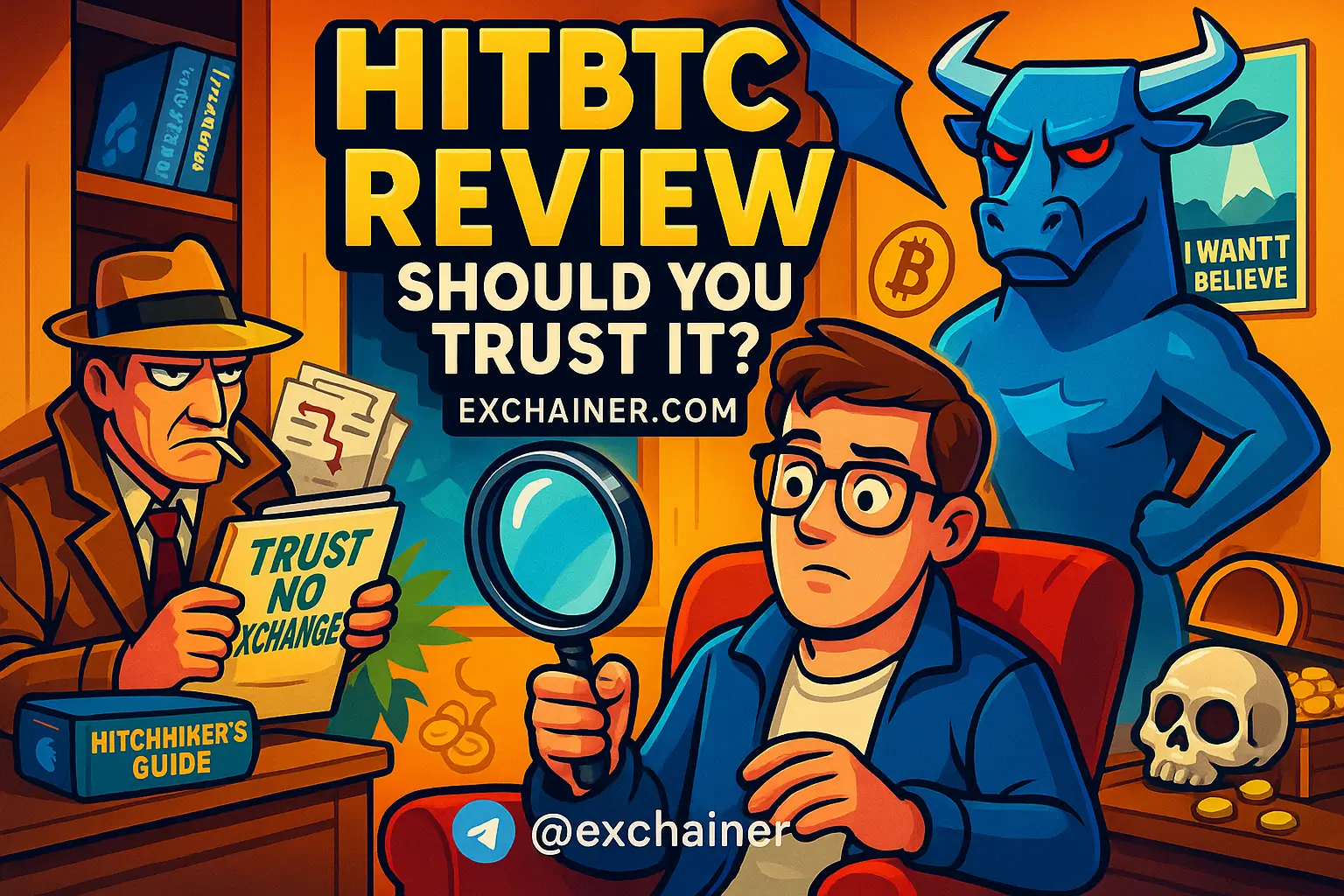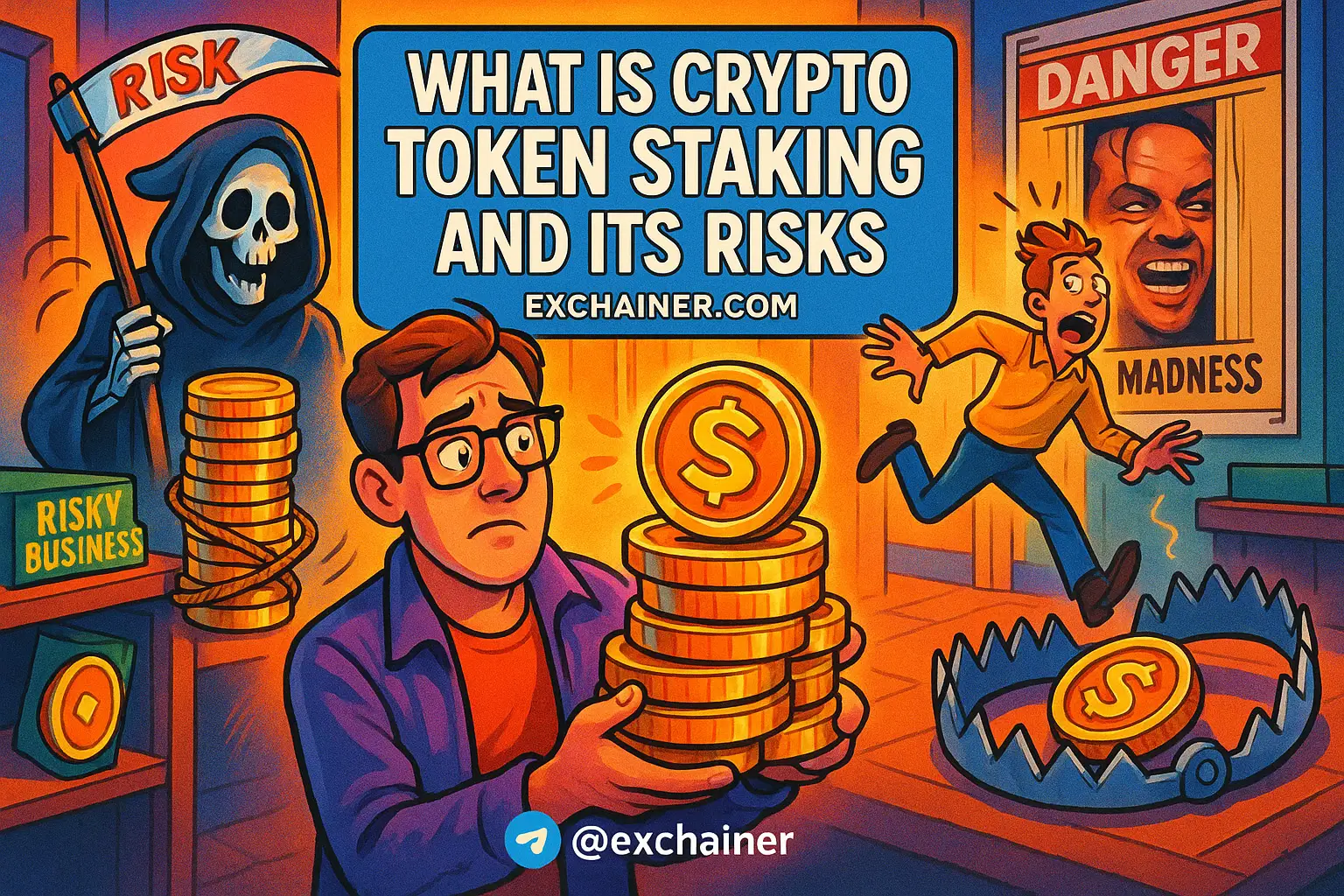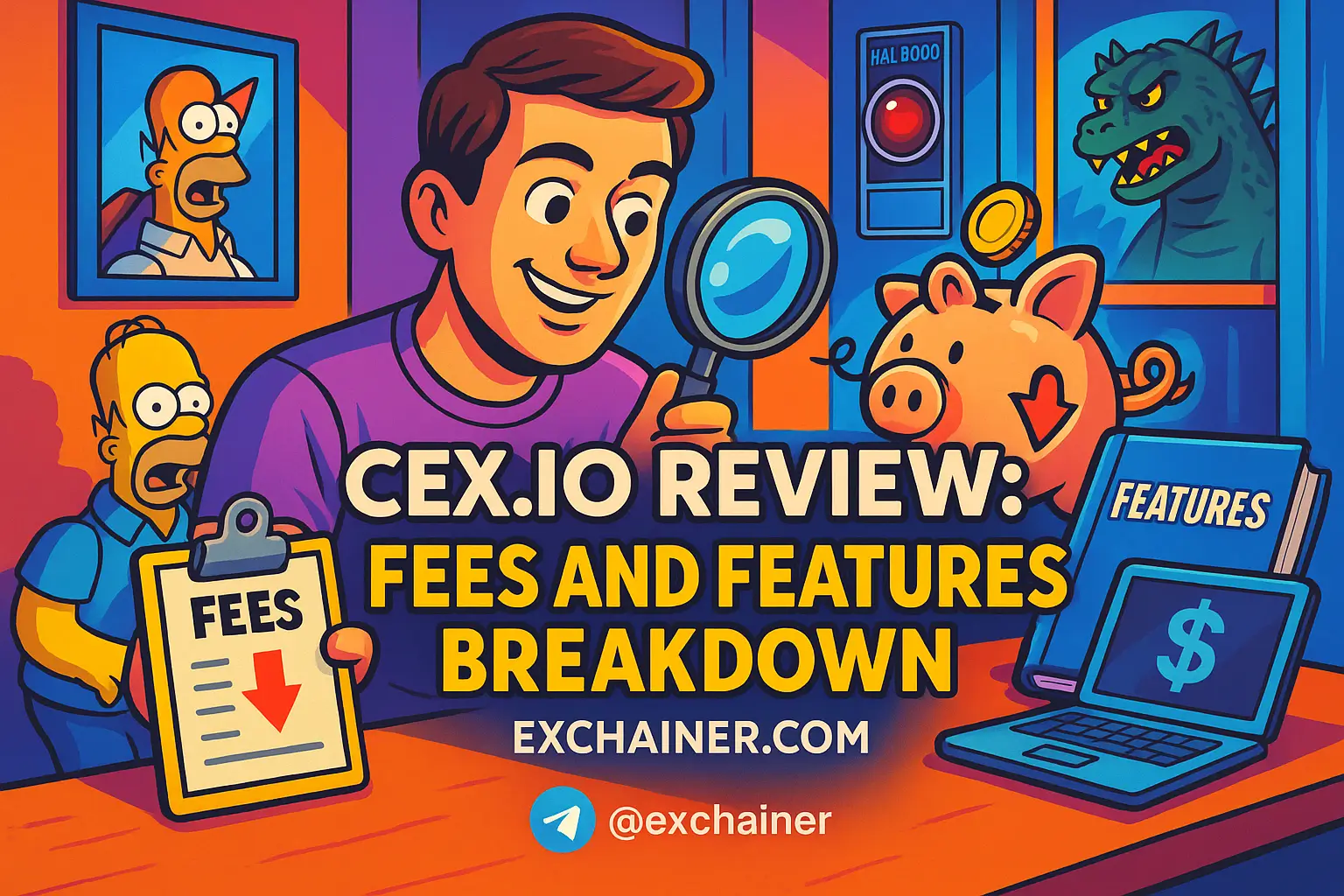Understanding Crypto Exchange Fees
What Are Exchange Fees?
Exchange fees are charges incurred when you buy, sell, or withdraw cryptocurrencies on a platform. These typically include maker fees (for adding liquidity), taker fees (for removing liquidity), and withdrawal fees, ranging from 0% to over 1% per transaction. For instance, a $200 trade with a 0.2% fee costs $0.40, highlighting the importance of assessing exchange costs carefully.
Why Fees Affect Your Trading
High fees can reduce profits, particularly for frequent traders or those with small investments. Learning how to assess exchange costs helps you pinpoint cost-effective platforms, ensuring more of your money remains available for trading.
Key Factors to Consider When Evaluating Exchange Fees
Trading Fees: Maker vs. Taker
The first step to assess exchange costs is understanding maker and taker fees. Binance offers 0.1% for both, while Kraken starts at 0.16% (taker) and 0% (maker) for high volumes. Lower maker fees benefit passive traders, while taker fees are key for active ones.
Withdrawal and Deposit Costs
Withdrawal fees vary—e.g., Coinbase charges $1-$3 for BTC, while Kraken provides free bank transfers. To evaluate exchange costs effectively, also check deposit methods, as some platforms charge for credit card use.
Hidden Fees and Additional Charges
Some exchanges impose inactivity fees or premium data costs. A thorough process to assess exchange costs includes reviewing terms to uncover these hidden expenses, which can accumulate over time.
Volume-Based Discounts
Platforms like Binance and KuCoin reduce fees based on trading volume. To evaluate exchange costs accurately, consider how your trading activity aligns with these discount tiers to maximize savings.
Steps to Evaluate Exchange Fees Effectively
Research Fee Schedules
Begin by exploring the official websites of exchanges like Gate.io or Kraken to review their fee structures. Use tools like CoinMarketCap to assess exchange costs across platforms, ensuring you have up-to-date information.
Calculate Total Costs
Estimate total expenses for your typical trades. For example, a $500 trade with 0.2% fees plus a $2 withdrawal fee totals $3. Include margin trading interest to evaluate exchange costs comprehensively.
Test with Small Transactions
Before investing large sums, test fees with small trades or withdrawals. This practical approach to assess exchange costs reveals real-world expenses and platform reliability.
Use Comparison Tools
Take advantage of online calculators or comparison sites to evaluate exchange costs efficiently. These tools aggregate data from multiple platforms, saving you time and effort.
Top Platforms to Assess Exchange Costs
Kraken: Transparent and Beginner-Friendly
Kraken’s fees start at 0.16% (taker) and 0% (maker) for high volumes, with no deposit fees for bank transfers. Its clarity makes it easy to assess exchange costs, though altcoin options are limited.
Binance: Competitive for High Volumes
Binance offers 0.1% fees, reducible to 0.075% with BNB, and supports over 600 coins. Its volume discounts are a key factor when you assess exchange costs, though U.S. restrictions apply.
Gate.io: Low Fees with Caveats
Gate.io charges 0.2% for spot trading, dropping to 0.1% with GT staking, but withdrawal fees can be high. This variability is worth noting when you assess exchange costs for frequent transactions.
Coinbase: Higher Fees for Convenience
Coinbase Pro starts at 0.4%, with standard fees up to 3.99%. Its ease of use is a trade-off when you assess exchange costs, appealing to beginners despite the price.
Tips to Optimize Your Fee Evaluation
Prioritize Your Trading Style
Align your strategy—day trading or long-term holding—with the fee structure. High-volume traders benefit from Binance’s discounts when they assess exchange costs.
Monitor Market Conditions
Fee impacts shift with market volatility. Use real-time data from our Top Tools for Real-Time Crypto News on Exchainer.com to evaluate exchange costs during quieter periods.
Negotiate or Seek Promotions
Some platforms offer fee waivers for new users. Check for promotions to assess exchange costs and lower initial expenses.
Keep Records
Track your fees over time to spot trends. This disciplined approach to evaluate exchange costs helps refine your trading budget.
Common Pitfalls When Evaluating Exchange Fees
Overlooking Withdrawal Fees
Focusing solely on trading fees can be misleading. Always assess exchange costs including withdrawals to avoid surprises.
Ignoring Network Fees
Blockchain fees, like Ethereum gas costs, fluctuate. Factor these into your process to evaluate exchange costs for a complete picture.
Falling for Hidden Costs
Inactivity or conversion fees can go unnoticed. A thorough effort to assess exchange costs includes reading the fine print.
The Impact of Fees on Trading Success
Short-Term Trading
For day traders, low fees boost profits. Platforms like Binance excel here, a key insight when you evaluate exchange costs for short-term strategies.
Long-Term Investing
High fees erode long-term gains. Choosing cost-effective options like Kraken becomes crucial when you assess exchange costs for holding strategies.
Risk Management
Reducing fees frees up capital for risk management tools, improving success. This benefit emerges when you evaluate exchange costs holistically.
The Future of Evaluating Exchange Fees
Technological Innovations
AI tools may simplify fee comparisons in 2025, making it easier to assess exchange costs across platforms.
Regulatory Changes
New regulations could standardize fees, affecting how you evaluate exchange costs. Stay updated via our Understanding Crypto Regulations in 2025 on Exchainer.com.
User Demand for Transparency
As traders prioritize costs, exchanges will likely improve fee clarity, influencing future efforts to assess exchange costs.
Conclusion
Mastering how to evaluate exchange costs is essential for thriving in the 2025 crypto market. By examining trading and withdrawal fees, uncovering hidden charges, and using comparison tools, you can select platforms like Kraken, Binance, Gate.io, or Coinbase that suit your needs. Start with small trades, monitor expenses, and take advantage of promotions to optimize your strategy.
Explore Related Articles:
- Kraken Review: A Beginner’s Guide
- Gate.io Review: Is It Safe and Reliable?
- What Are the Cheapest Crypto Exchanges?
- How to Spot a Scam Crypto Exchange
- How Secure Are Crypto Exchanges?
Ready to enhance your trading? Dive into more insights from Exchainer.com to make smarter decisions and maximize your returns!












